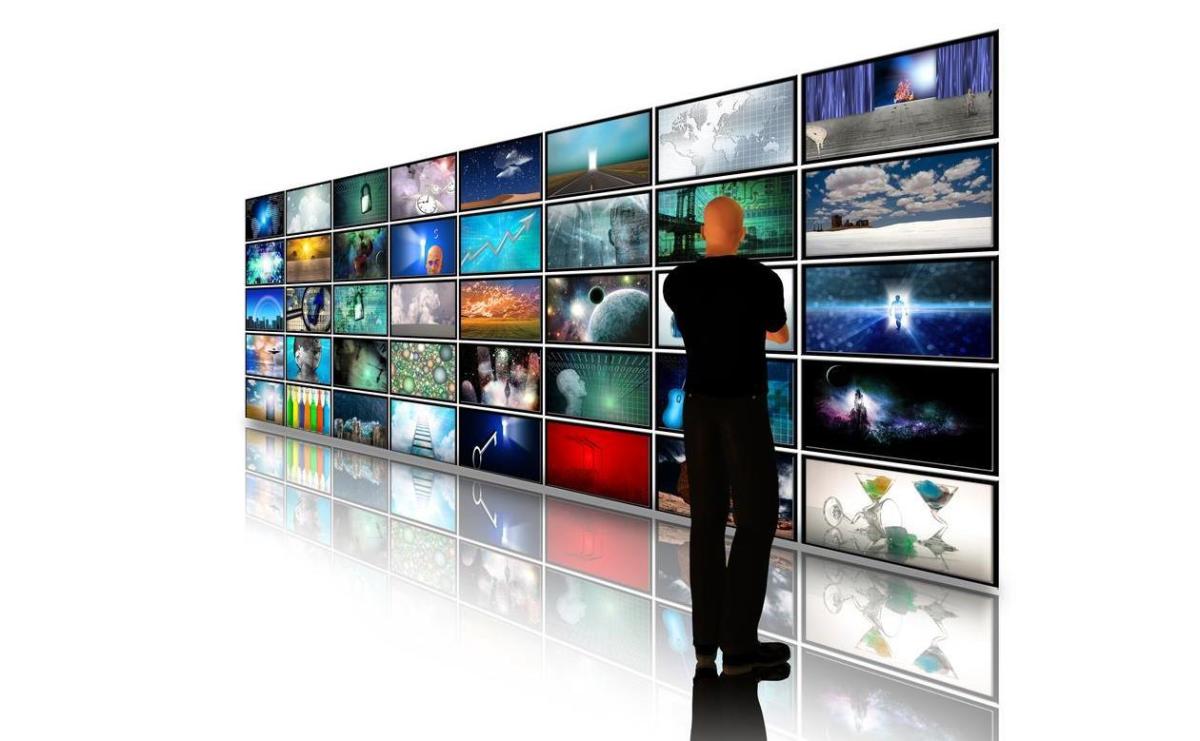Some artists have known for more than 20 years that digital was going to be a game changer. We were early adopters back in the late 1990s and early 2000s, creating digital-native works and reaching a global fanbase with niche, hard-to-find experiences. But many artists and organisations, particularly in the subsidised sector, regarded digital as at best, a marketing tool; at worst a supplanter of the live experience.
The COVID-19 shutdowns saw many of us attempting to build our digital presence, fast. We wanted to stay connected to audiences so that, once things went back to ‘normal,’ we would be able to convert these relationships back into attendances.
The digital transformation was tough, especially for independent practitioners, who had to do everything by themselves, often whilst homeschooling and fearing the end times. But as the year progressed, so did we. No longer did we shudder when people talked at us about social media as a community-building tool. Some of us even discovered that digital, rather than displacing the traditional live experience, could actually amplify it.
Some of us even discovered that digital, rather than displacing the traditional live experience, could actually amplify it.
Digital comes with a whole variety of issues, from affordability to profitability. But we have seen some positives during the lockdowns. For me the most notable benefit has been greater accessibility for people with disabilities and in remote and regional locations to attend events, opportunities and industry forums.
For some of us, digital also revealed creative possibilities; ways to develop practice rather than undermine it.
In one forum, I heard of a choreographer creatively incorporating a camera operator into a work; in another I came across Snuff Puppets going viral on YouTube with more than 50 million views of their video Everybody Isolates. Dancers and theatre makers started saying things like the ‘global is hyper-local’. I may have even used the term ‘glocal’ in a conversation, and no one sniggered.
Digital is here to stay
As COVID-19 vaccines roll out and lockdowns snap back, it is imperative that we continue the work we have begun. Whether we like it or not, digital is an important aspect of arts practice and business. Despite the challenges, digital allows artists to reach new audiences, collaborate remotely and do what many of us love: try new things.
Read: What Melbourne’s lockdown means for the arts sector
Challenges of scale and skills
Independent artists and smaller organisations struggle with the dual challenges of scale and skills to do everything one needs to do digital properly, including sound recording, camera operation, editing, online promotion and engagement. Funders have recognised this and during COVID-19 lockdowns they offered digital advice and support, such as the Artists Essentials Toolkit. The industry will need more of this support if they are to overcome challenges and make digital work, work.
The first video in the The Artists Essentials Toolkit looking at getting your art online (a collaboration between ArtsHub and Creative Victoria)
Funding support for digital hubs
We saw during COVID-19 that it is very difficult to directly monetise digital work distributed by individual artists and small businesses. Funders and large arts institutions could remove this barrier by opening up ‘digital hub’ resources to the sector and aggregating content.
A digital hub is essentially a one-stop, subsidised shop for artists and arts organisations looking to record, promote and share their work digitally. For example, a visual arts collective could get help from a digital producer at a hub to develop and execute a digital exhibition strategy. A performing arts company might work on creating a theatrical experience that is available on-demand, perhaps using something like the Audioplay platform.
Newly developed, inner-city spaces like the City of Sydney Bathurst Street Hub could fulfil the role of digital hub for the artists and organisations of its city and state. Whilst a digital hub does not have to be in a city’s CBD, such a location does offer benefits for the artists and the city such as fast Internet for live recording, interacting and streaming, as well as city revitalisation, eg. hybrid live/online events and year-round, street-facing window projections of digital work. The hub could even have ‘spokes’ into peri-urban and regional areas and communities, ensuring equitable access to opportunities.
An aggregator of Australian arts content
Funders could also support a digital aggregator of Australian arts content, creating a brand and platform for independent artists. An aggregator is a platform like Netflix, YouTube and Spotify which gather lots of content in one place.
Many overseas governments quickly pivoted into the role of aggregator and digital promoter for their arts and cultural sectors during the COVID-19 lockdowns. My favourite examples are the Polish Culture of the Web portal, which gathers not just arts, but culture and heritage; and the work of the City of Montevideo (Uruguay), including the hashtag #DesdeCasa and inviting young people to participate as ‘Cultubers’.
An Australian arts aggregator could be set up as a multi-channel network for Australian content, or perhaps a suite of online original content channels which allow for deeper, niche audience targeting.
Digital can be done well
For a long time, artists resisted digital because we were afraid it would detract from the arts experience of bodies in a certain time and space, connecting, sharing stories, creating bonds. We worried that digital would further commodify our work, destroying the ephemeral. We feared that we would digitally sell our souls and not even be able to monetise the sale.
But COVID-19 has shown that digital can be done well, with integrity; even, in some cases, with more integrity than work which can ultimately only be accessed by those with certain types of privilege. With the necessary funding support, digital can open creative possibilities for artists, engage new audiences and for some, create new income streams.
As always it will be up to us, the artists, to make that content something worth experiencing.





